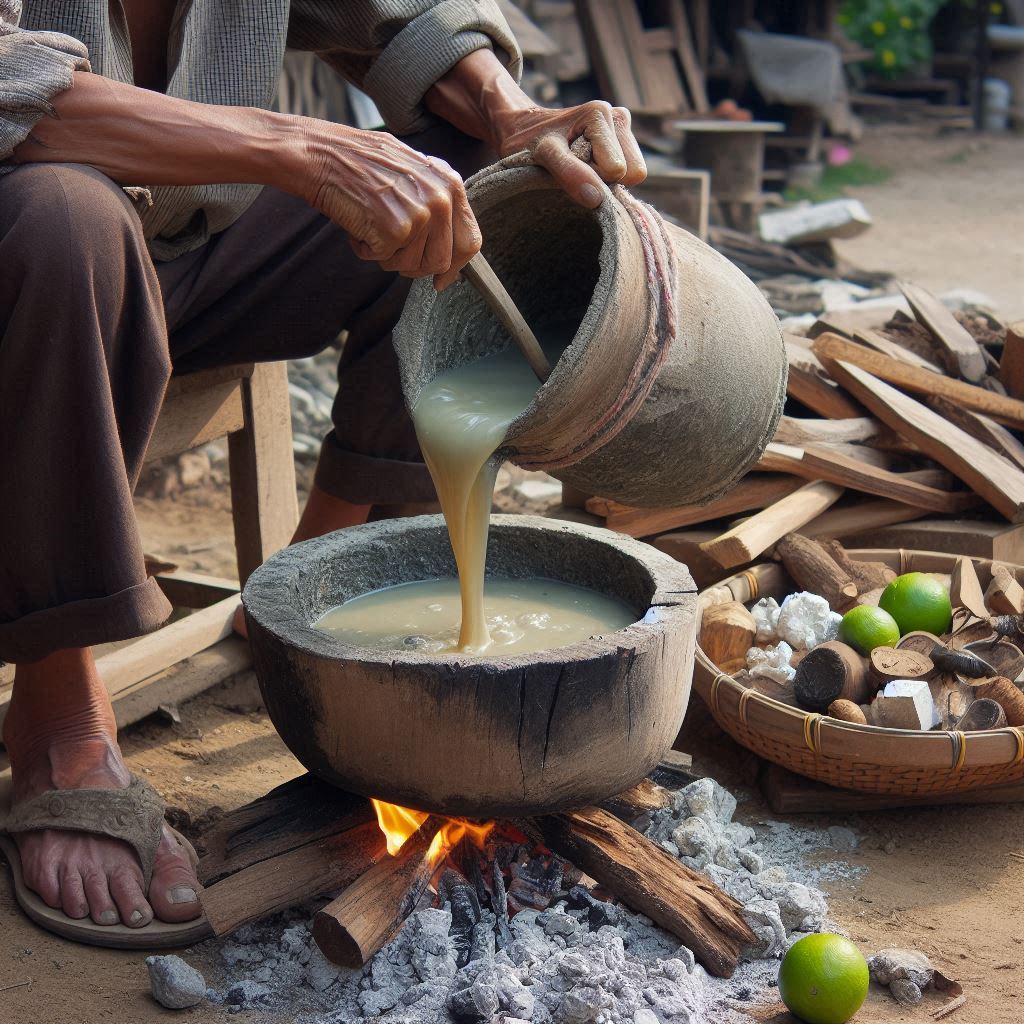Introduction:
In the heart of the Vedic philosophy lies a profound concept that transcends time and space – the concept of Shiv-Shakti. This divine union of masculine and feminine energies encapsulates the very essence of creation, sustenance, and transformation. In this article, we embark on a journey to explore the multifaceted dimensions of Shiv-Shakti, from its profound meaning to its role in society and evolution.
Meaning and Formation of Shiv-Shakti:
Shiv-Shakti, often symbolized as the divine dance of Lord Shiva and Goddess Parvati, represents the inseparable union of the cosmic energies – the unmanifest and the manifest, the formless and the form. Shiva embodies the pure consciousness, the stillness, and detachment, while Shakti embodies the dynamic force, the power of creation, nurturing, and transformation. Together, they are the cosmic dance of balance and harmony.
Traditions and Rituals:
Shiv-Shakti is deeply embedded in the tapestry of Hindu traditions and rituals. Devotees pay homage to this divine union through various forms of worship. The rituals often involve the offering of flowers, incense, and prayers at temples dedicated to Lord Shiva and Goddess Parvati. The auspicious occasion of Maha Shivaratri witnesses fervent prayers, meditation, and fasting, celebrating the marriage of Shiva and Parvati. Additionally, Navaratri, a festival dedicated to the goddess, accentuates the significance of feminine power.
Society and Evolution:
The concept of Shiv-Shakti goes beyond mythology; it reflects the intricacies of human existence and societal dynamics. It embodies the idea that both masculine and feminine energies are essential for a balanced and harmonious society. In an era when gender equality and empowerment are paramount, Shiv-Shakti serves as a reminder that true progress is rooted in unity and respect between genders. The duality of Shiva and Shakti is a microcosm of the duality within each individual, emphasizing the importance of embracing and integrating both aspects within ourselves.

The Evolutionary Dance:
Shiv-Shakti’s dance is not confined to the pages of ancient scriptures; it is an ongoing, evolutionary phenomenon. The energies of creation and destruction, birth and death, are part of the eternal cosmic rhythm. Just as Shiva’s dance signifies the dissolution of the universe, it also symbolizes the transformation and rebirth of new cycles. Similarly, Shakti’s dance embodies the renewal and nurturing of life. This cyclic process teaches us the impermanence of all things and the significance of embracing change.
Embracing Shiv-Shakti’s Wisdom:
The wisdom of Shiv-Shakti extends beyond religious boundaries. It offers a profound perspective on the balance between opposing forces in life. In a world that often seems polarized, the concept of Shiv-Shakti encourages us to find common ground and unity amidst diversity. It teaches us that ultimate harmony arises when we honor both the active and passive energies within ourselves and in our interactions with others.
Conclusion:
The dance of Shiv-Shakti is a timeless portrayal of cosmic balance, a reminder that the universe thrives on the interplay of opposing yet complementary forces. As we delve into the depths of this concept, we uncover its relevance not only in spiritual philosophy but also in the intricate tapestry of human society. In a world where chaos and harmony coexist, the teachings of Shiv-Shakti beckon us to find equilibrium within ourselves and in our shared journey of evolution.
Discover more from AdikkaChannels
Subscribe to get the latest posts sent to your email.






































 RSS - Posts
RSS - Posts